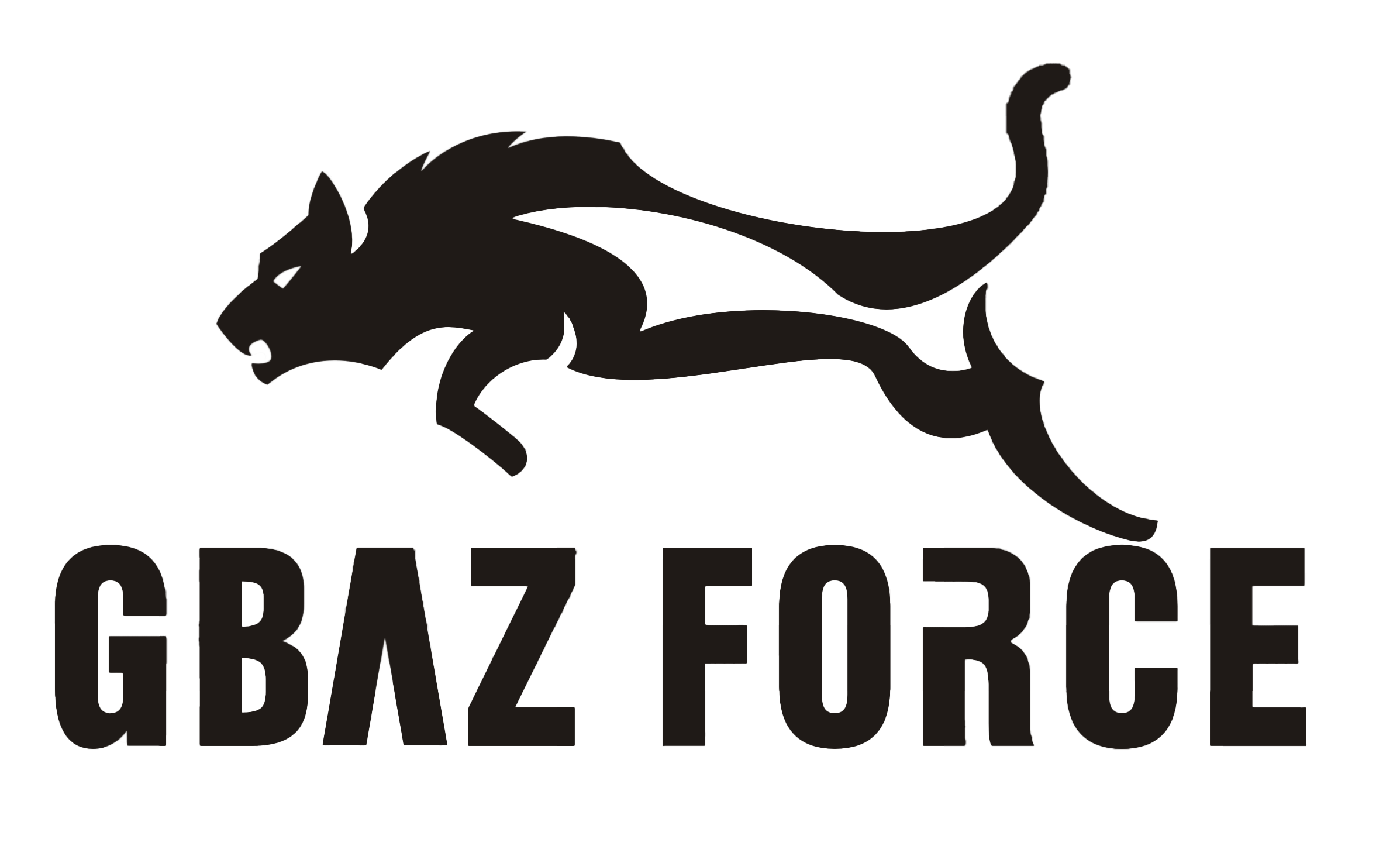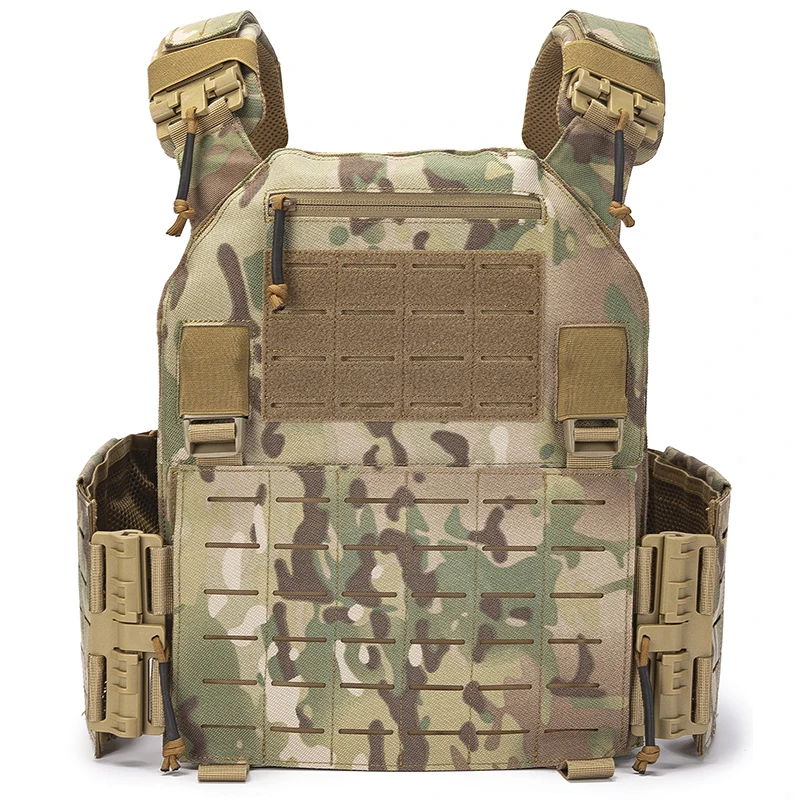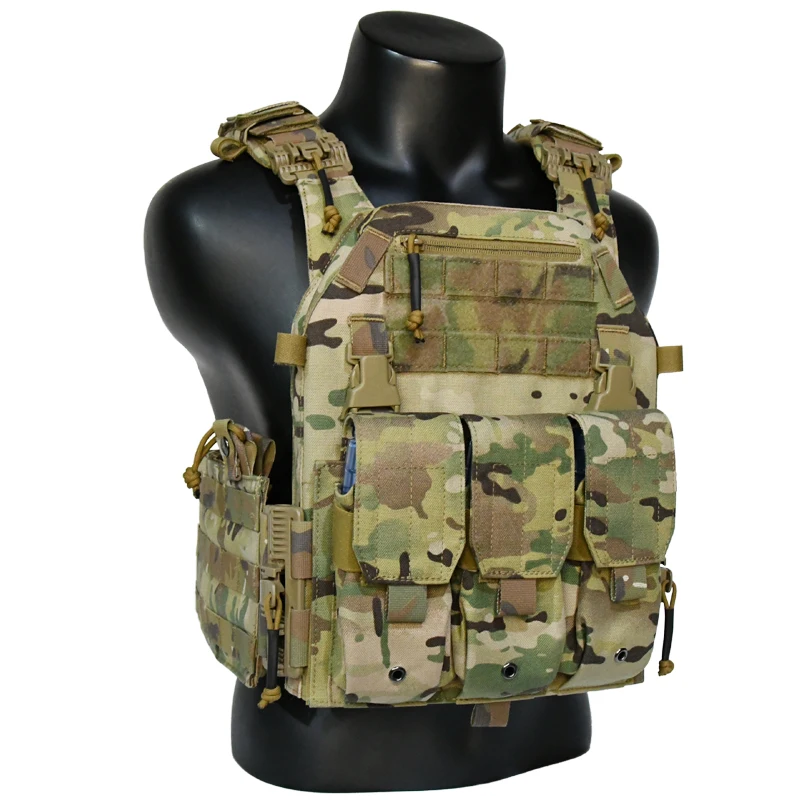Tactical Gear
PRODUCTS
Choosing The Right Tactical Vest
Understanding Your Needs
Before diving into the specifics of vest features, honestly assess your requirements. What activities will you primarily use the vest for? Will you be carrying heavy equipment, or just essentials like magazines and radio? Consider the environment you'll operate in. A hot, humid climate demands breathability, while a cold environment might necessitate insulation or compatibility with additional layers. Your budget also plays a significant role; high-end vests offer superior features but come with a higher price tag. Defining your needs upfront streamlines the selection process and prevents purchasing a vest that's either overkill or insufficient.
Think about the duration of use. Will you wear the vest for extended periods, or just short bursts of activity? Long-term wear requires a comfortable and well-ventilated design to prevent discomfort and fatigue. Finally, consider the level of protection you need. Some vests offer ballistic protection, while others are designed solely for carrying equipment. This decision hinges on the potential risks associated with your chosen activities.
Choosing the Right Material and Construction
The material of your tactical vest significantly impacts its durability, comfort, and weight. Nylon is a popular choice due to its lightweight and durable nature, offering excellent resistance to abrasion and tears. Cordura nylon is particularly robust and often used in high-end vests. Other materials, such as polyester, may be employed for their moisture-wicking properties, enhancing comfort in hot and humid conditions. Look for durable stitching and reinforced stress points, ensuring the vest can withstand the rigors of regular use.
The construction method also matters. Consider whether you need a modular vest with adaptable pouches and platforms, or a more streamlined design with integrated pockets. Modular vests provide versatility and customization, allowing you to tailor the setup to your specific needs, while simpler designs offer a more streamlined profile and potentially greater comfort for prolonged wear. The quality of the zippers, buckles, and other hardware is crucial; choose a vest with reliable components that can withstand repeated use and stress.
Considering Features and Functionality
Tactical vests come equipped with a variety of features, each designed to enhance functionality and performance. The number and placement of pouches are paramount, ensuring you can effectively carry your necessary gear. Consider the size and type of pouches you need – for magazines, radios, medical supplies, or other tools. Some vests feature integrated cummerbunds, providing additional space for carrying equipment and enhancing adjustability for a snug fit.
Other features to consider include hydration systems compatibility, allowing you to stay hydrated during extended operations; MOLLE (Modular Lightweight Load-carrying Equipment) webbing, providing attachment points for additional pouches and accessories; and padded shoulder straps and back panels, enhancing comfort and reducing fatigue during prolonged use. Some vests also incorporate features like quick-release mechanisms for emergency situations.
Fit and Adjustability
A well-fitting vest is critical for comfort and operational efficiency. The vest should fit snugly but not restrict movement. Look for adjustable straps and cummerbunds to achieve a personalized fit. Try the vest on before purchasing if possible, to ensure it conforms comfortably to your body shape and size. Proper fit prevents the vest from shifting or bouncing during activity, which can be distracting and uncomfortable.
Consider the adjustability features. Are the straps easily adjustable? Can the vest accommodate changes in your gear load? A vest that doesn't fit well will quickly become a hindrance rather than a help. Invest the time to find a vest that provides a comfortable and secure fit tailored to your individual body type and planned activities.
SUBSCRIBE
INQUIRY










